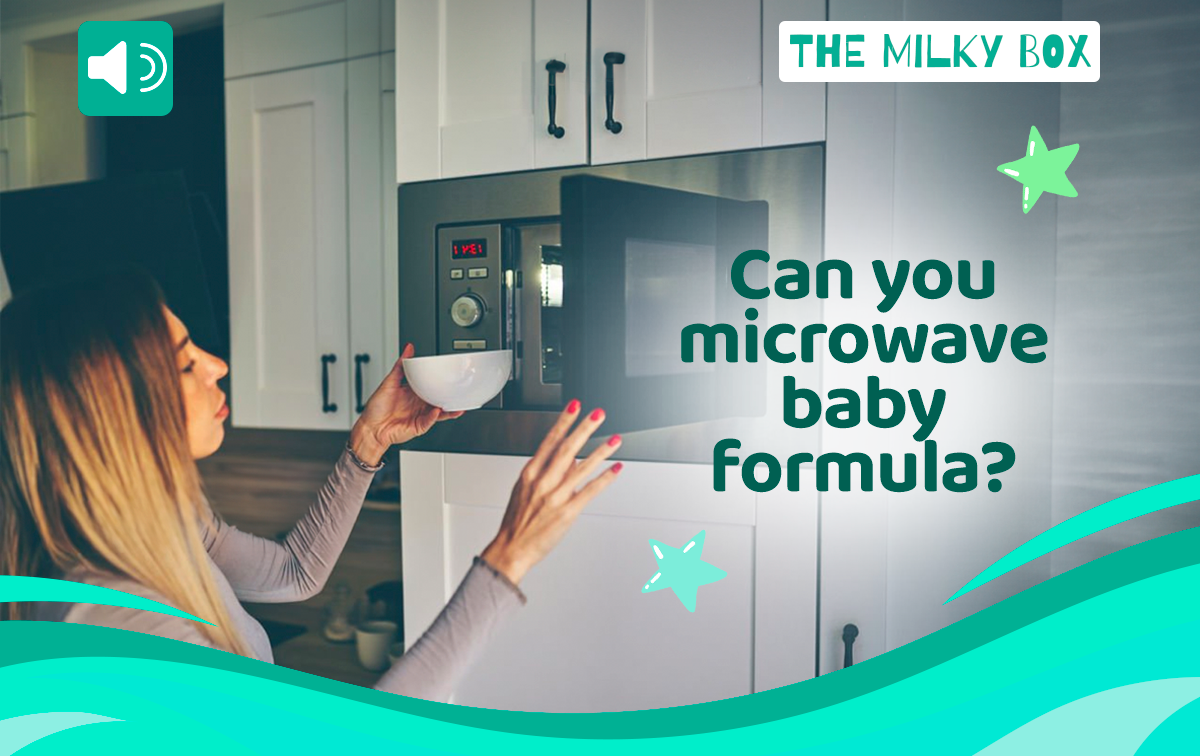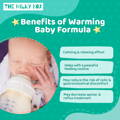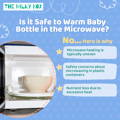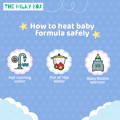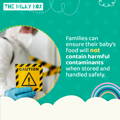As simple as it may seem, handwashing is one of healthcare’s biggest heroes. It can prevent the spread of most diseases and save you from a gastrointestinal infection if performed appropriately.
If you follow these steps, you can be sure that your baby’s formula is free from bacteria:
1. Start by wetting your hands with fresh, running water. Then, shut off the tap before applying soap.
2. Make a rich lather by vigorously rubbing your hands together with the soap, ensuring that it covers the backs of your hands, the spaces between your fingers, and beneath your fingernails.
3. Scrub your hands meticulously for at least 20 seconds. You can use a timer at the beginning to familiarize yourself with the time needed.
4. Thoroughly rinse your hands under clean, running water to wash away all traces of soap.
5. Finally, dry your hands thoroughly using a hygienic towel.
